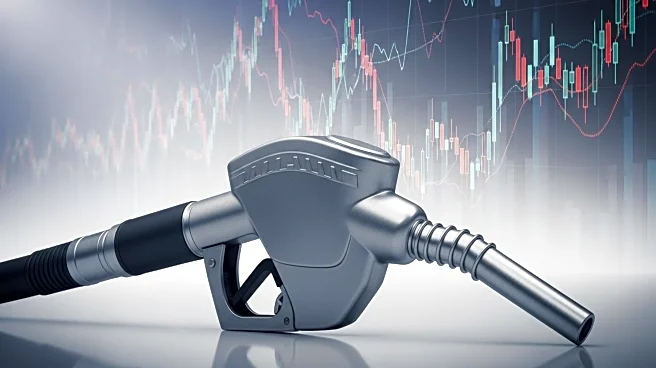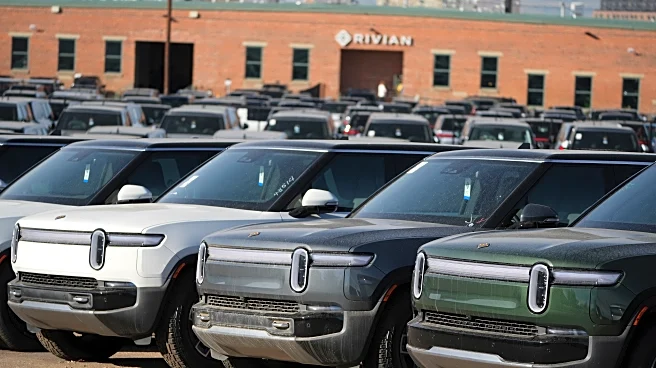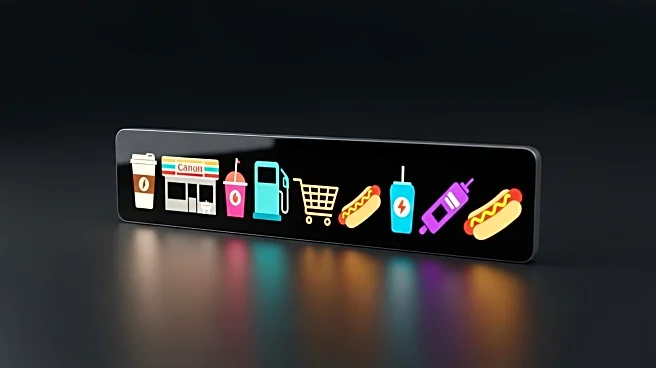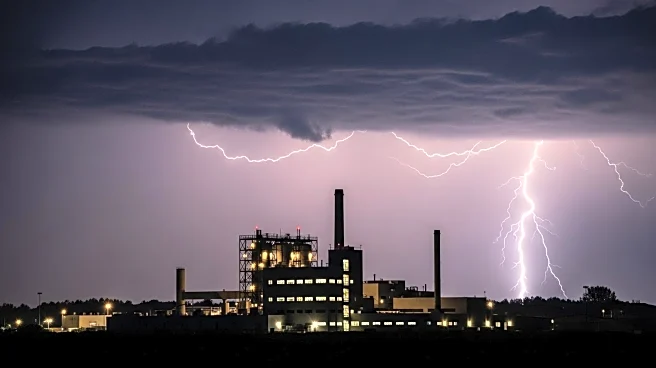What's Happening?
The national average retail price of regular-grade gasoline has increased by 6.7 cents per gallon over the past three weeks, reaching $3.289, according to the latest Lundberg Survey of U.S. fuel markets. This rise in retail prices is accompanied by a more significant increase in wholesale prices, which has reduced the retail gasoline margin by 6.8 cents, now standing at 28.5 cents. The previous price discount compared to last year has nearly disappeared, with only a 1.1-cent difference remaining. Despite these challenges, the supply of gasoline remains stable, with the Midwest supply crunch resolved and West Coast supply issues addressed. Crude oil prices remain relatively low, although potential political stresses could lead to volatility. OPEC+ has announced a modest increase in oil output, but it is expected to be offset by reductions from overproducing countries.
Why It's Important?
The increase in gasoline prices and the reduction in retail margins could have significant implications for both retailers and consumers. Retailers may face pressure to recover lost margins, potentially leading to higher prices at the pump. Consumers, particularly those with lower incomes, may feel the impact of rising fuel costs more acutely, affecting their overall spending power. The stability of gasoline supply and crude oil prices is crucial for maintaining economic stability, as fluctuations can lead to broader economic consequences. The situation also highlights the ongoing challenges in balancing supply and demand in the global oil market, with geopolitical factors playing a significant role.
What's Next?
In the short term, a return to pump price reductions in the range of 4-8 cents is anticipated. However, the potential for political stresses to cause oil price volatility remains a concern. Retailers may need to strategize on how to manage margins without significantly impacting consumer prices. Monitoring OPEC+ production decisions and geopolitical developments will be essential for predicting future trends in the oil and gasoline markets.













